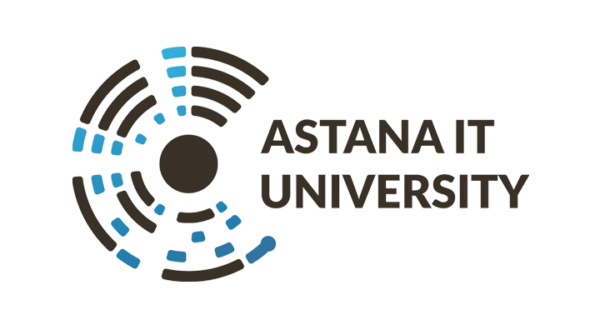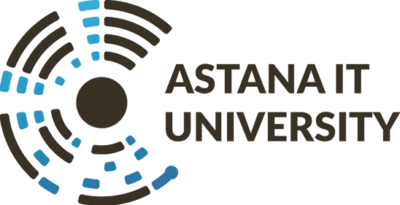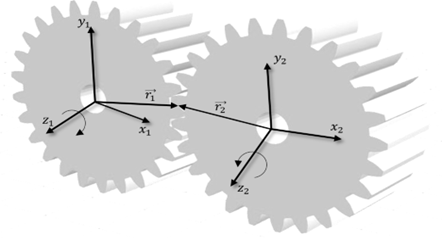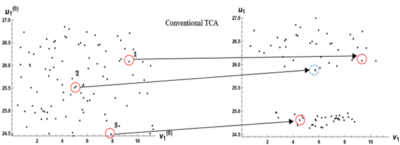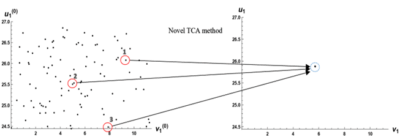Project Manager: Temirkhan M. S.
Funding source: GF of young scientists for the project “Zhas Galym”
Project objective: this project aims to improve the reliability of gearboxes by integrating a new tooth contact analysis (TCA) method with neural network training. The goal is to improve the analytical and detection capabilities for a variety of gear configurations, ensuring accurate identification of deviations through a thorough analysis of the tooth surface contacts.
Implementation years: 2024–2026
Funding amount: 29,959,000 tenge
